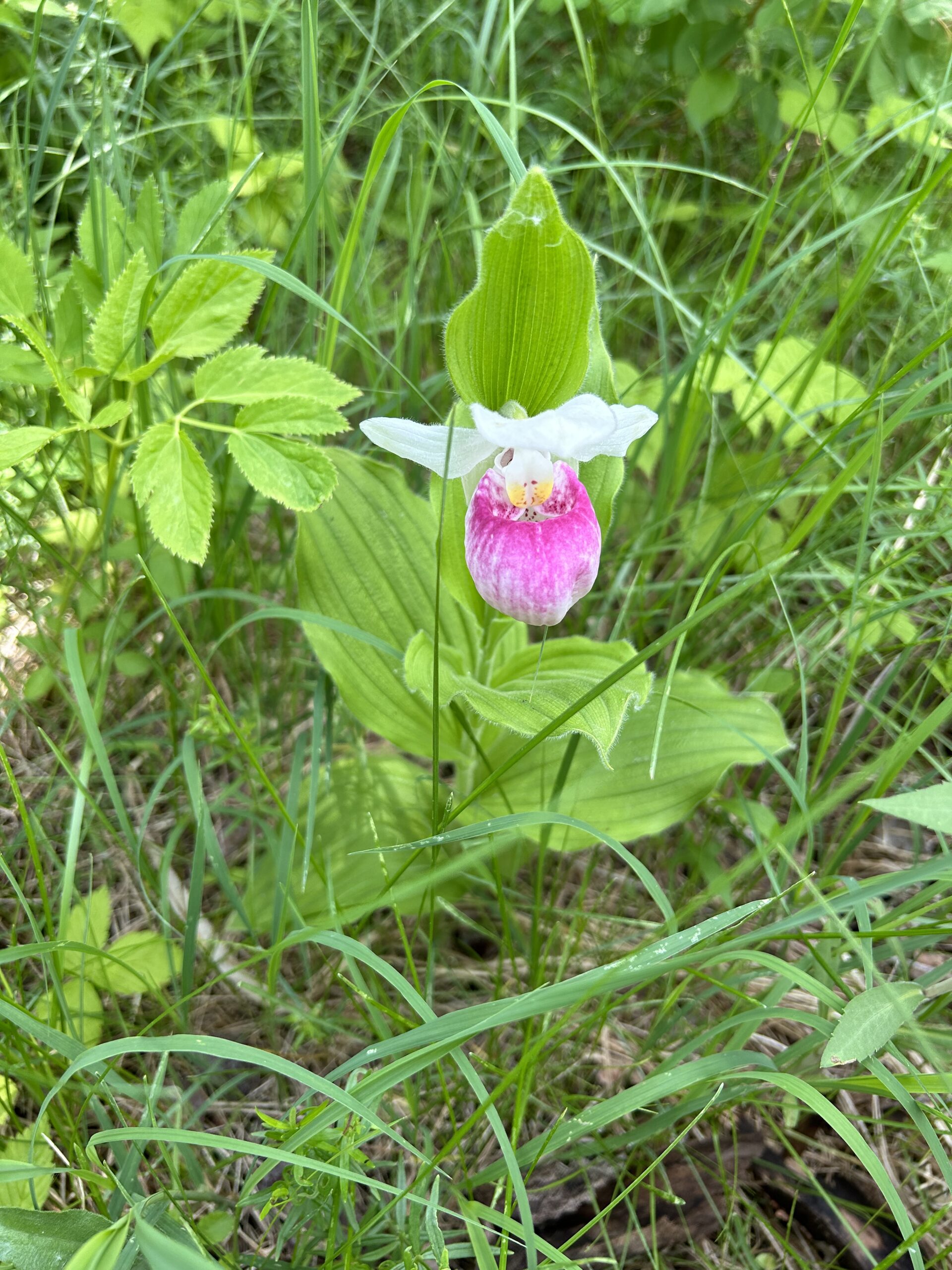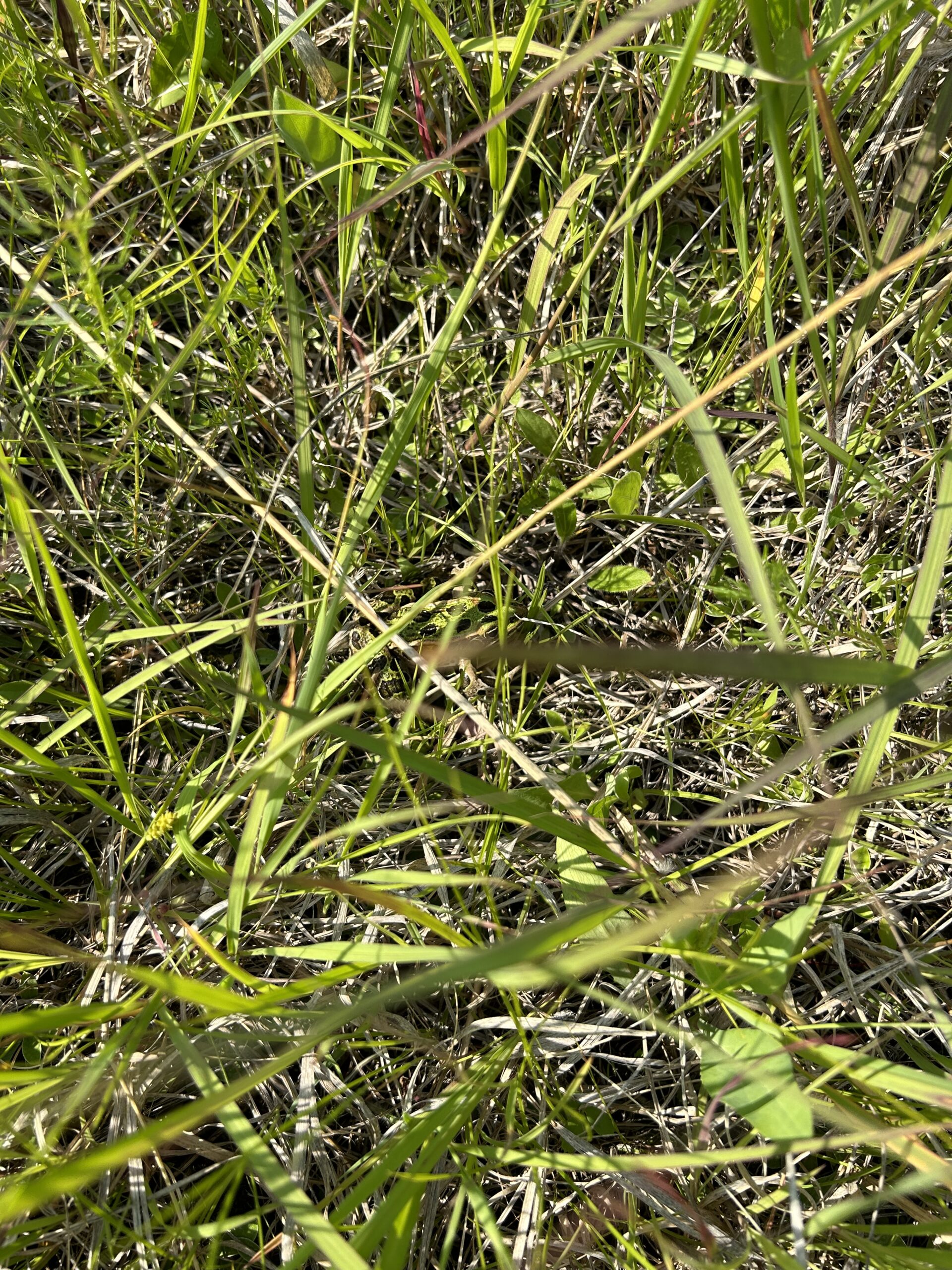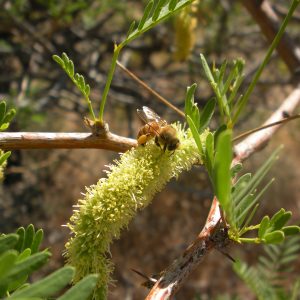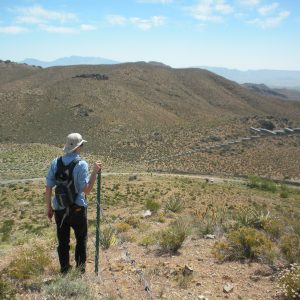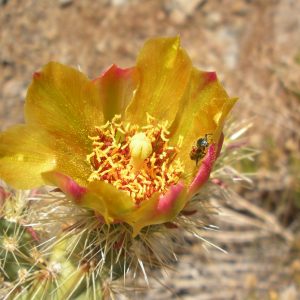This season our Seeds of Success squad has been tasked with piloting a new Midwest Seed collection group, based out of the Chicago Botanic Garden. As this is a new agreement between the CBG and the USFWS, we have been tasked with navigating the territory that comes with a brand new project. Initially, we spent time reaching out to refuge managers, explaining the goals of the program and acquiring a target species list of around 150 species (and still growing :)), before meeting with many land managers and scheduling field work for later in the summer.

Over the first half of the season, we traveled throughout Illinois, Iowa, Minnesota, and Wisconsin visiting many federal parcels, as well as private and public partner lands, surveying target populations. We have seen Wet, Mesic, Dry, and Sand Praries, Oak Savannas, Woodlands, Wetlands and little bit of everything in between (Yay transition zones!). It has been a little challenging at times to find populations that are both remnant and large enough to sustainably collect from, but we have been successful in making 10 collections at this point in time. Some of my favorite plants that we have seen so far include those in the Orobanchaceae family, including the Wood Betony (Pedicularis canadensis), Downy Cup Paintbrush (Castilleja sessiflora), and Scarlet Paintbrush (Castilleja coccinea). We have even been able to return and collect from a few of these populations since these photos were taken!

With great regional travel, comes a great deal of meals on the road. This has led our “All Midwestern Crew” to branch out and try some of the most local delicacies as possible, some of which have been uncommon even to the most ope-ing, pop drinking, ranch devouring, over “thank you”-ing crew around. While slightly smaller than our target species list, it has been enjoyable growing our Midwest Regional Food List, regularly adding new, rare (and generally high caloric) Mid-American cuisine. Iowa has been special to me in particular, allowing me to try to find the top tenderloin in the region. While there may be many, some are better than others, and my go to for a top quality tenderloin is Goldies Ice Cream Shop in Prairie City. Not too far from the entrance to Neal Smith NWR, you head in for the Ice Cream, but will return for the Magg Special, a sandwich that combines a cheeseburger on top of the standard (extra crispy) tenderloin. Great food and also the best restaurant service that I have been offered since early 2020.

What would a Midwest food list be without food from the heart, good Ol Chicago. Our crew has been fortunate enough to have many Portillo’s and Museums within the general vicinity, allowing us to enrich both our bodies and minds with Italian Beefs, Hot Dogs and Art to our hearts content. There has also been a lot of talk about Chicago Style Deep Dish Pizza, which we are yet to sample as a crew, but true fans of Chicago Style Pizza know Tavern style is really where its at. Also hearing that some people do not consider Deep Dish a Pizza?! What is it then people! I will follow up on the CSP if we end up at the famed Pequods or somewhere off the radar.
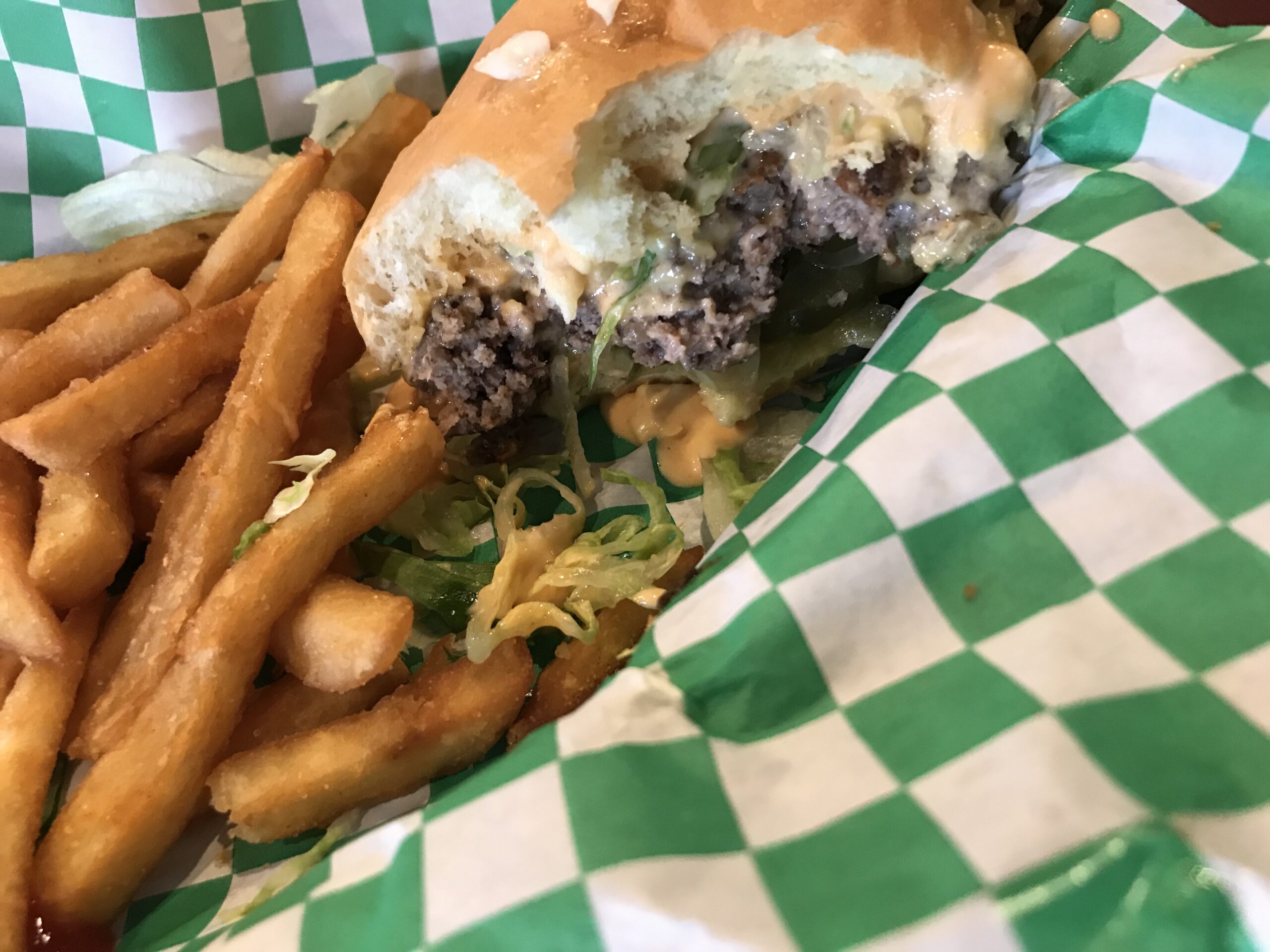
Our next stop on our food tour of the Midwest was Minnesota. Land of many lakes, even more fish, and Minneapolis’ gift to human kind-Juicy Lucys! What a saucy stop we did indeed have over at the 5-8 Club just outside of Minneapolis. After a long day of replacing a stuck truck tire, changing out a rental car at the airport and 8 hours of interstate travel, we were quite content at the wonderfully delicious nature of the delightfully cheese filled Juicy Lucys and Saucy Sallys. Sometimes field meals hit harder than others, and this was definitely was one of those occasions. Another meal that swam above the rest was Deep Fried Walleye. There is nothing like some fresh fish out of the lake, and the Cormorant Pub in Pelican Rapids knows how to serve it up, no sauce needed! Minnesota was also gracious in providing us with the opportunity to witness the Showy Ladies Slipper (Cypripedium reginae), Greater Yellow Lady Slipper (Cypripedium parviflorum var. pubescens) and White Lady Slipper (Cypripedium candidum).
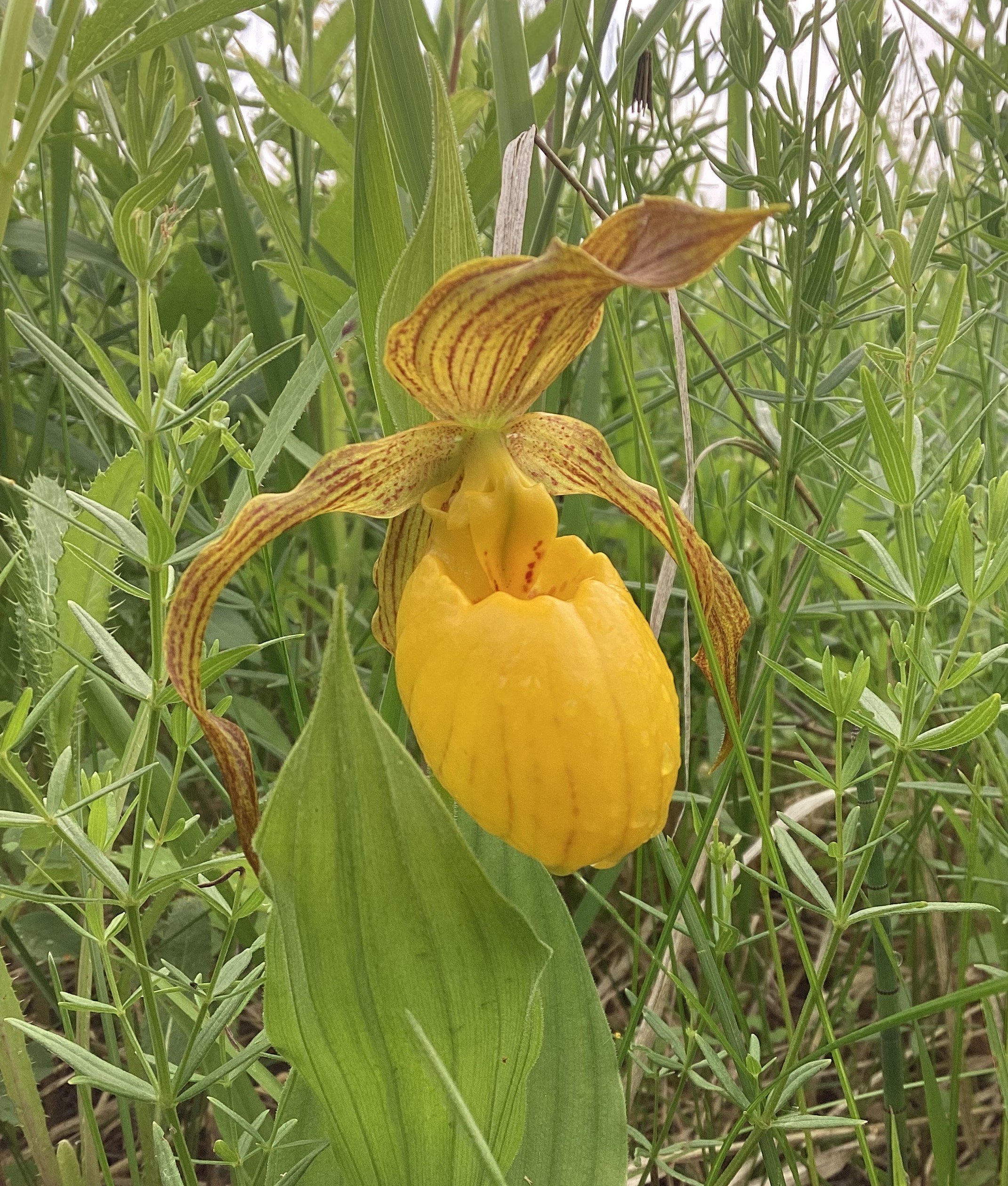
This past week we ended up visiting Wisconsin- the true land of American Style Cheese. While we opted for lighter faire during the first half of the trip (Chipotle), we indulged in true Wisconsinite fashion for the second, enjoying Curds that could stretch around your head three times, Mac and Cheese so rich it could pay back your student loans, and Potatoes au Gratin that made me question my allegiance to France.
Over the next few weeks we are slotted for trips to Northern Michigan and Southern Illinois. While there are plenty of new plants to survey, miles to drive, and tenderloins to taste, as a born and raised Michigander, I look forward to sampling the Pasties of the UP, debatably the original field food. Until next time, a l’aise Breizh!

